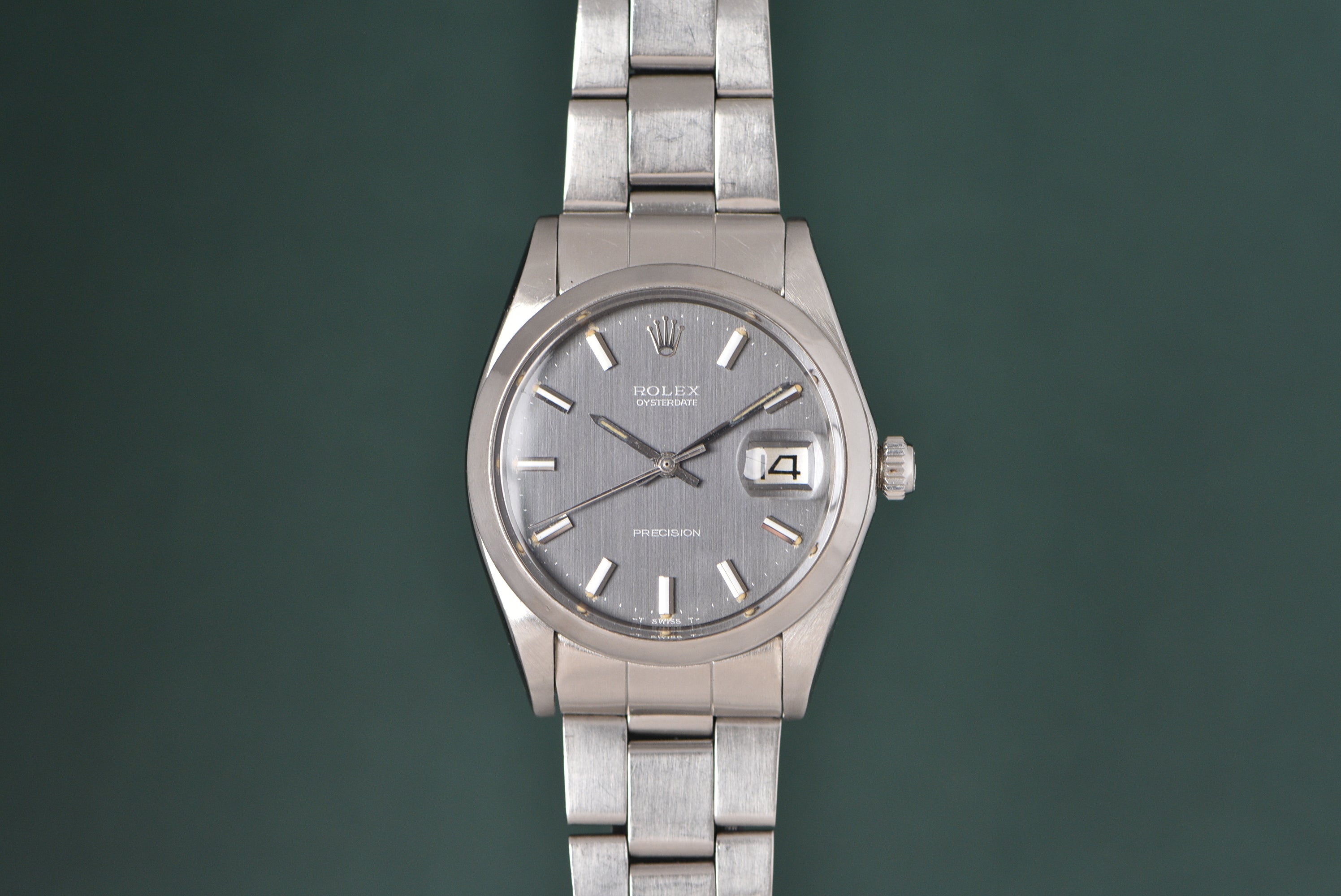By J. Heffner | @pinaplwtchs
Some first-hand accounts of dishonesty in the watch community
The watch industry is truly unique; a blend of history, manufacturing, art, science, and finance. Whether it’s a constant push for technological innovation, or history’s most iconic wrists, the watch community is the common denominator.
It’s no secret that watches are, well, expensive. Afterall, they headline Sotheby’s with ease. Because of their monetary value, and the idea of ‘investing’ in certain pieces, it shouldn’t come as a shock that some unscrupulous activities go on in this community.
From social practices, like fielding a dealer’s inventory, to those on the mechanical side, such as falsely claiming complete originality, there are clear acts of deception that exist in this competitive space.
Fielding Inventory
It’s debatable whether posting other people’s watches for sale is acceptable, and I believe it depends on the circumstances.
For those unaware, it’s rather common for dealers (often the smaller types) to post a ‘lead’ or just outright watch for sale, when in reality that piece is in someone else’s inventory. These posters are primarily motivated by making a quick buck based on their connections and network of sellers.
Now, in the case that an individual posts another dealer’s pictures and claims they have a lead, or it’s just for sale - my opinion is that this practice should not be respected or commonplace. Using someone else’s work (which includes sourcing, photography, shipping, marketing, research, recording inventory, and even articles) just to make yourself a quick profit is not a respected way of doing business in this industry.

Huntington Watch Co. provided some knowledge of occurrences like these in the professional dealing world
Now, if an individual is a friend of, or has some sort of partnership/permission from the dealer to field their inventory, those circumstances may change the perception of this tactic. I still believe that any sales promoted through these methods should pose some benefit or profit to the original dealer doing most of the work.
This is inherently different from sourcing a watch. When a client is after a specific piece, they may employ the expertise/services of a dealer to utilize their network and track down a buyer’s exact wants/specifications (a task that’s nearly impossible for the average collector with no foothold in the dealing space).
Shill Bidding
Shill bidding is a shady tactic for sellers to raise the price of their item (auction format) in hopes of achieving a greater hammer price. This is done through one of two ways - a seller using a fake account to bid artificially, or an associate of the seller that poses as a normal ‘buyer’ who bids with no intention of winning the lot.
Popular auction sites like eBay have measures in place to combat this phenomenon, but sometimes it goes unnoticed, so it’s important to know what to look for and how to catch it.
Shill bidding is when someone bids on an item to artificially increase its price, desirability, or search standing.
Using the eBay example, click on the bidding history of an item. From there, check if there are any accounts with zero (0) feedback placing bids (usually more than once). This indicates a seller using a fake account to shill bid. Additionally, if you notice the same account placing bids in a continuous manner (that is, raising their bid even if they’re the highest bidder), this may be the case of the seller’s associate doing some bidding.
It’s important to consider that with this knowledge comes exceptions. Of course there are instances of folks with zero feedback buying items, or a collector that decides to raise their bid. While these methods aren’t foolproof, they should still be enough to raise an eyebrow.
Cleaned, or Serviced?
Did you know the vintage Tudor Rangers are some of the most faked watches in the world? A quick (and inexpensive) dial/hands swap ‘creates’ a Ranger out of an unassuming Tudor Oyster - a piece that is much more desirable and expensive. Buyer’s with a lack of knowledge easily get sucked down this hole thinking their eBay ‘Ranger’ was a steal.

The main differentiator between a ranger and Tudor Oyster is the dial - otherwise (aside from this fluted example), Oysters and Rangers are closely related siblings
Replacement parts, false ‘serviced’ status, lack of movement originality, all nightmares to the collector. The benefit of the Ranger scenario is that it’s relatively easy to spot but with some watches, it may be impossible.
Too often have I seen a watch advertised as serviced with no record or paperwork to support the claim. Even worse is when a simple cleaning is passed off and an overhaul. These designations can prompt a bit of a buyer’s premium, so in this scenario, always do your due diligence to get some paperwork, or even a simple timegrapher reading to support the ‘serviced’ status.
A rather unique, and related phenomenon I’ve noticed is when sellers/dealers add some NOS parts to a piece, and pass them off as original. Along these lines, parts may be replacements, even whole movements could be swapped (and not advertised as such). While none of these occurrences are deal breakers (and may be desired to a degree), without being advised of this information prior to a purchase allows for its potential to be exploited for profit.

Also be sure to validate the originality of packaging (like this example here) - original packaging carries a premium, and some are in the business of exploiting non-original boxes
The Buyer’s Toolbox
The overall importance of this article is to highlight one specific lesson I’ve come to appreciate in the greater watch community - entrust the right sellers. Although this requires some research, it still remains one of the buyer’s most valuable tools when making a multi-thousand dollar purchase.
Absolute transparency is always best. In my experience, it seems the best sellers are motivated by factors outside of sheer profit, such as a shared love for this hobby.


Leave a comment